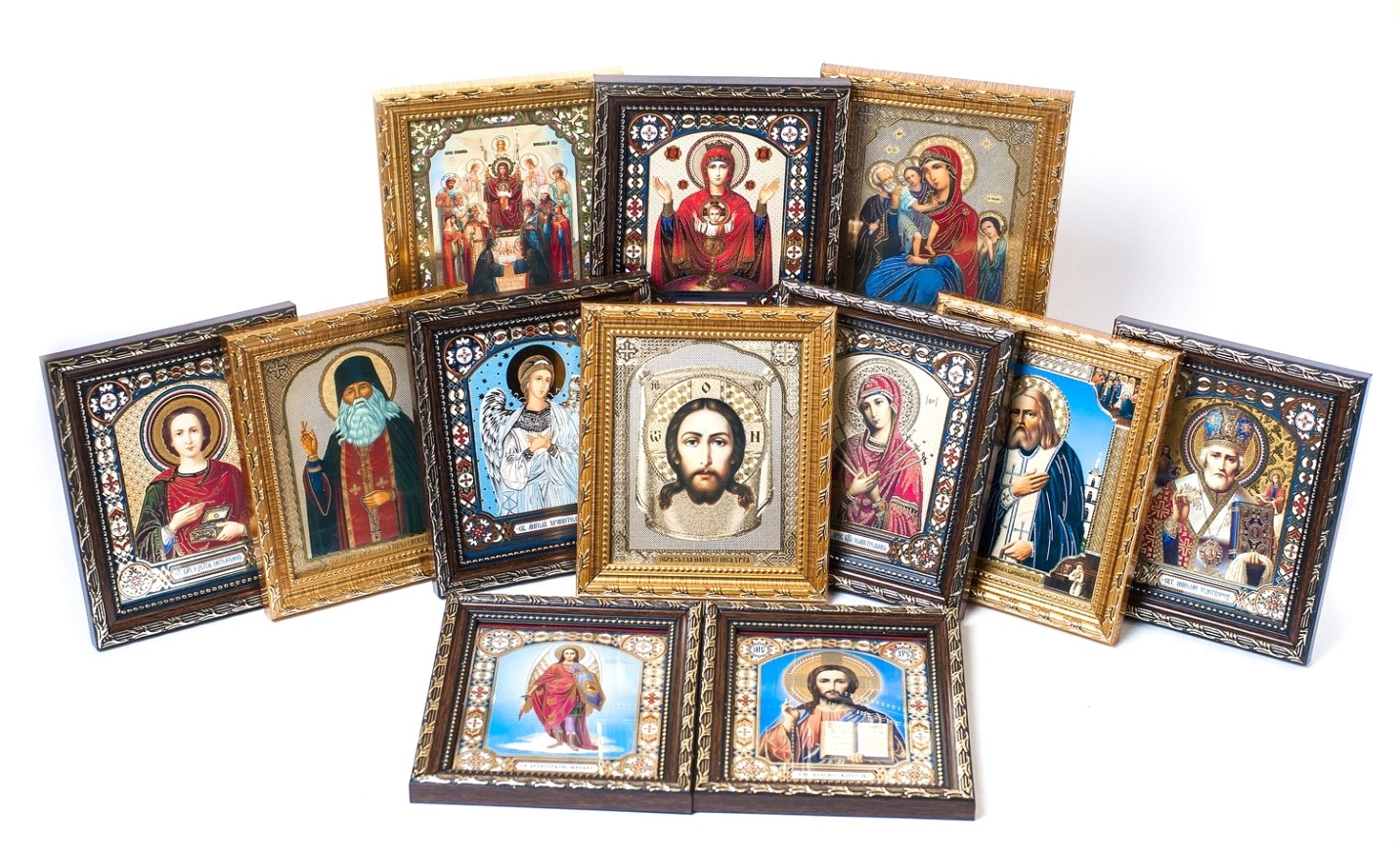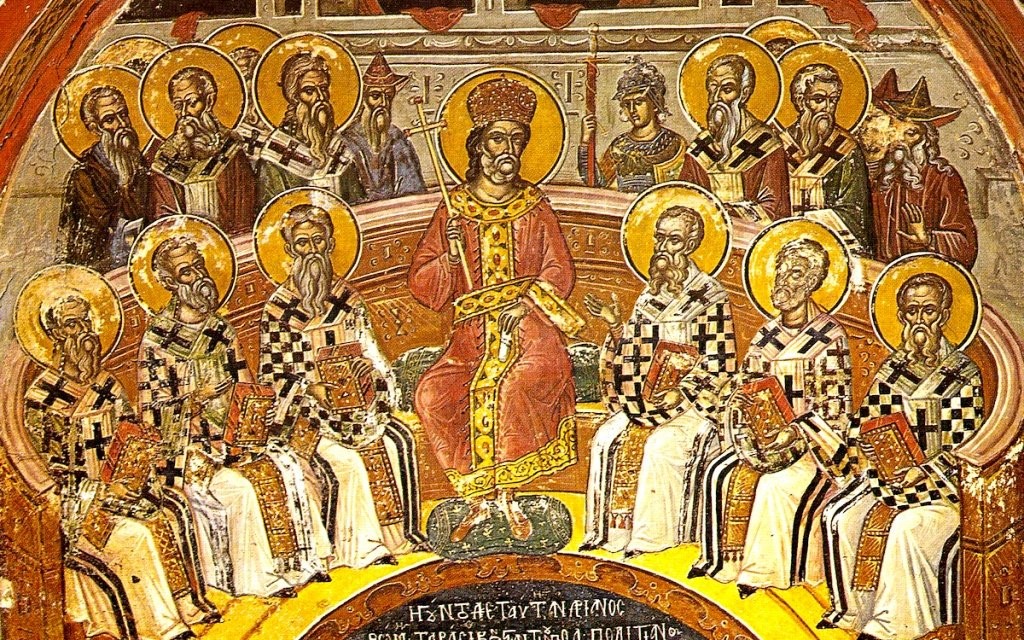
Today many people, even those who are churched, come to church with a request to purchase or to pray in front of a specific icon to solve some problem. For example, in front of the image of the "Inexhaustible Chalice" they often pray to get rid of the passion of drunkenness, and from evil spirits they come to the image of the holy martyrs Cyprian and Justina, etc. The question arises whether such a custom attitude towards holy icons is correct, and there is no danger of veneration Are icons bigger than God? We have collected answers to these and other questions in our article.
The dogma of veneration of icons
The history of veneration of icons in the Church dates back to the first centuries, and there were often disclosures about this. Opponents of Christianity believed that icons are idols and they are

not needed; others, on the contrary, elevated holy images above God. And to solve this problem, the Church convened the 7th Ecumenical Council in 787, at which it adopted the dogma of veneration of icons, the set of resolutions of which reads: “For the honor given to the image goes back to the prototype, and the one who worships the icon worships the hypostasis depicted on it. Those who dare to think differently, or to teach, we decree, if they are bishops or clergy - to ejaculate, if monks or laity - to excommunicate. "
So, we see that the Church condemns the excessive veneration of holy images, why do the Orthodox today go to extremes with regard to icons?
Incorrect veneration of the icon
An erroneous attitude towards holy images arises when a person views a shrine as a deity who helps autonomously, in other words, here there is a substitution of the canon - paganism. The main mistake of modern veneration of icons is that God acts as the guarantor of our prosperous life, that is, the Lord becomes not a goal, but a means for life.

For example, many schoolchildren or students are now turning to the icon of the Mother of God "Adding Mind", and if you ask a question, praying in front of another icon - "Iveron" or "Look to humility" will not help? A person finds it difficult to answer, because a dilemma opens, so to whom do we pray to the icon or the Mother of God? There is a danger of replacing the icon of the
saint depicted on it. In this condition, we can become real pagans who deified their idols.
Why is there such a variety of icons, for example, the Mother of God?
Indeed, the Virgin Mary is alone, because when we pray in front of Her icon, we say: "Most Holy Theotokos, save us", and not "the icon of the Theotokos, save us." The Mother of God showed her help to people in different ways, and in what conditions, and in what place, and is reflected in Her holy images, for example, "Kazan", because she appeared in the city of Kazan, etc. But to think that one icon is "stronger" than another is blasphemous.
But what about the miraculous icons?
It must be understood that all icons are miraculous, in the sense that miracles come from the Lord through the prayers of the one who is depicted in the icon, and depends on the strength of the faith of the person who turns to the prototype. We must remember the Gospel story about how Christ came to His homeland and did not give signs for the lack of faith of the inhabitants, and the Lord asked the father of the possessed son if he had faith, he answered: Lord, I believe, help my unbelief (Mark 9:24). This means that a miracle requires faith, and with it we open our souls to God. This means that it is not the icon that gives grace, and not the patron saints, but the Lord God through the prayers of the saint to whom we turn. And only such an attitude is correct, otherwise we replace with an icon of God.
So, we can understand that the holy icon is not an amulet endowed with magical properties that helps when we want it, but it is a "window" to the Upper World through which we partake of Divine grace. And with all the variety of images, a person receives help from the Lord, and not from a specific icon.




